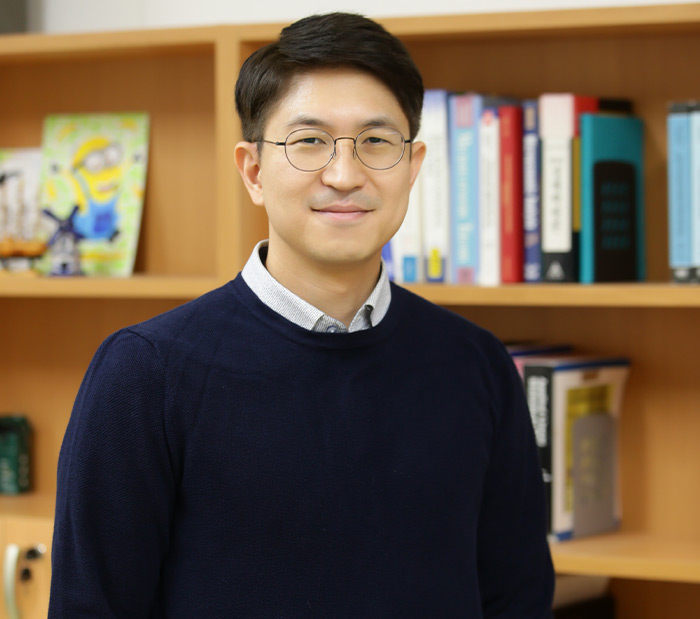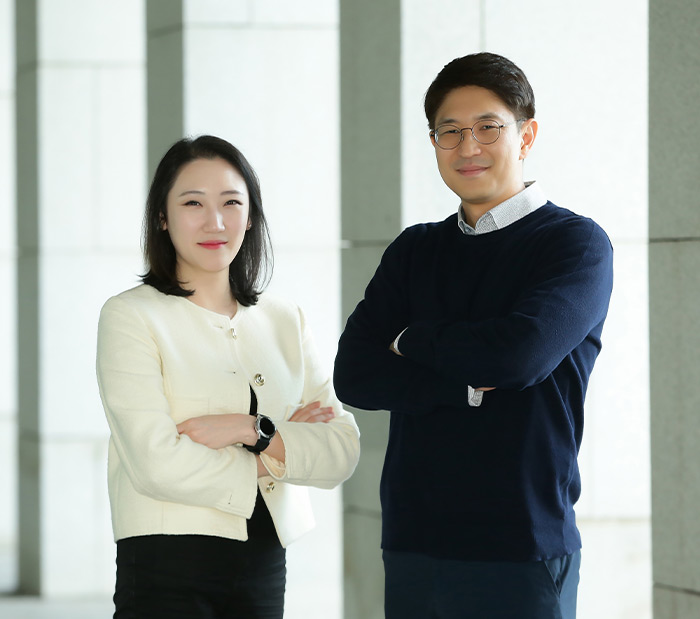Research Stories
Modeling consumer acceptance of emerging mobility technologies
Initial diffusion of emerging transportation services requires initial trust in the system and structural assurance provided by government and service providers
Consumer Science
Prof.
PAK, TAE-YOUNG
Yu Lim Lee in the Department of Consumer Science
Drs. Tae-Young Pak and Yu Lim Lee in the Department of Consumer Science have announced the research findings on the consumer acceptance of innovative mobility technologies, such as Urban Air Mobility (UAM) and Demand-Responsive Transport (DRT), through joint research with the United Nations ESCAP (Dr. Changju Lee), the Korea Transport Institute (Dr. Bumjoon Bae), and the Korea Institute of Civil Engineering and Building Technology (Drs. Intaek Jung and Bong-Joo Jang).
The initial diffusion of innovative mobility technology should consider technical efficiency as well as its acceptance among potential consumers. In order for a new transportation system to be successfully integrated, it should be able to move travelers quickly and efficiently and operate in a safe condition under relevant laws and regulations. As the widespread adoption of new mobility service hinges on user demand, it is important to examine how potential consumers perceive emerging mobility technologies and explore the mechanism that leads to initial trust and the intention to use.
This study interviewed individuals aged 19–64 years living in metropolitan areas using structured questionnaires and demonstration videos. Results showed that social influence and initial trust were significantly related to usage intention, which, along with performance expectancy, facilitating conditions, and structural assurance, leads to positive attitudes toward emerging mobility technologies. Initial trust was dependent on all six constructs considered, but most strongly on structural assurance. These findings highlight the role of institutional safety nets, such as regulations and legal resources, in increasing initial trust and promoting the initial diffusion of emerging mobility services.
These findings were published in the leading journals in technology management and transportation engineering, such as Technological Forecasting and Social Change (IF 12.0, JCR 3.2%) and Journal of Public Transportation (IF 37.7, JCR 1.4%). They will also be referenced for the development of the UN's transportation planning policies in Asia.
This research was funded by the National Research Foundation of Korea and a collaborative research partnership between the UN ESCAP and the Korea Institute of Civil Engineering and Building Technology.
Title: Societal acceptance of urban air mobility based on the technology adoption framework
Journal: Technological Forecasting and Social Change
DOI: https://doi.org/10.1016/j.techfore.2023.122807
Title: Modeling public acceptance of demand-responsive transportation: An integrated UTAUT and ITM framework
Journal: Journal of Public Transportation
DOI: https://doi.org/10.1016/j.jpubtr.2023.100067
Figure 1. UAM Operational Conceptual Chart (Source: KAC)
Figure 2. Tilt prop Type UAM Concept (Source: KAC)
Figure 3. Incheon Mobility On Demand(I-MOD) (Source: Incheon, Hyundai Motor Company I-MOD)


